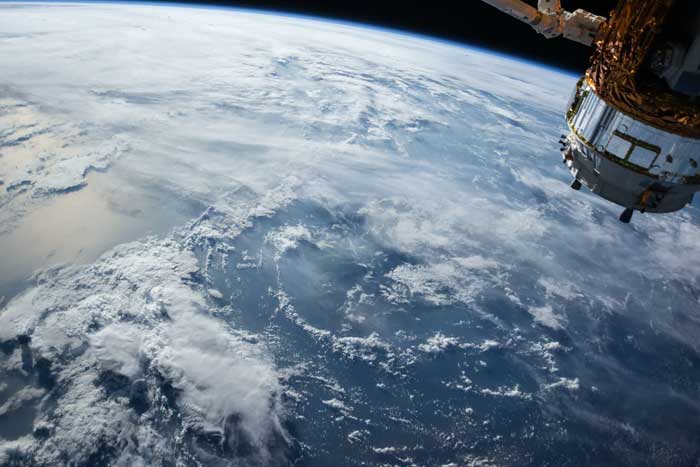WhiteHat Jr recently launched a partnership with a leading aerospace manufacturer to provide tech students an introduction into how technology can be coupled with space exploration. The applied science opportunity will allow students to showcase how software design, coding, and high tech have become critical to satellite design, development, and operations. The partnership created will bridge the gap between theory and utilization in a way that is cutting-edge and at the forefront of modern science application.

Applied science provides a far better approach to training the technical side of applications and shows students how theories can become a reality in technology, mechanics, physics, and real life. By combining technology introduction and coding development for students with applied science in satellite design and operation, the two companies will create a whole new field of educational opportunity for high-tech space-oriented students.
WhiteHat Jr’s services provide a direct access point to students interested in technology and want an elementary step ahead in coding, software, technology, and the digital world. The connection between real-time space equipment and a design vendor provides a practical example of how high tech can be used for space development. The collaboration will allow students first-hand exposure to designing satellites.
“We have always believed in the power of creation through exploration. This partnership is a testament to our mission of enabling kids to think beyond the obvious and aim for the stars, quite literally,” WhiteHat Jr founder and CEO Karan Bajaj said in a statement. With two satellites planned for the partnership in 2021, there will be plenty of opportunities for students to take advantage of. The first run, a trial project to work out the details between the two companies, will happen in June 2021. The second cycle of training accessibility will then occur in December 2021, with a subsequent satellite launched. In addition to the exposure to operations through various equipment, WhiteHat Jr students will also get exposure to SpaceX since its rideshare program will be delivering both satellite payloads into space and orbit around the Earth.
Both satellites will be full of comprehensive features and sensors providing real-time readings for students to analyze and react to. That includes solar sensors, balance and gyroscope applications, and light spectrum measurement tools. The analytical applications for students will be far greater than anything they might learn from a textbook approach or a basic computer simulation. “Moreover, students would be able to participate in different ways of orchestrating space data on WhiteHat Jr’s payload computer (a Raspberry Pi 4 with a direct link to the main onboard computer),” Karan Bajaj noted.
With over 175,000 students potentially able to access the program, the partnership is planned to engage through 2021, WhiteHat Jr programs will enjoy interaction with a real satellite scheduled for launch in December 2021. That space activity will include unique components dedicated to WhiteHat Jr’s programs for students to take advantage of real-time as they learn the applied science side of tech.
